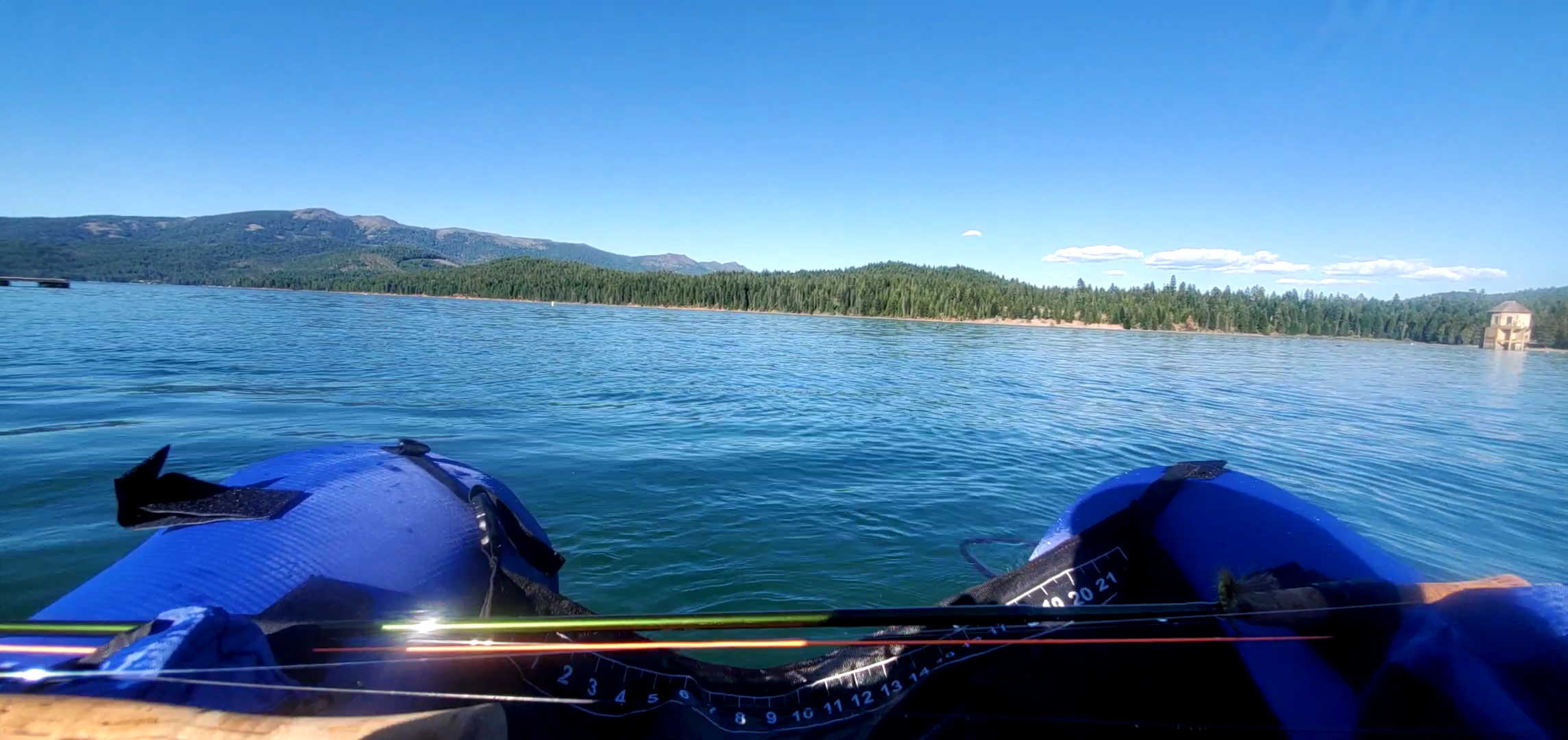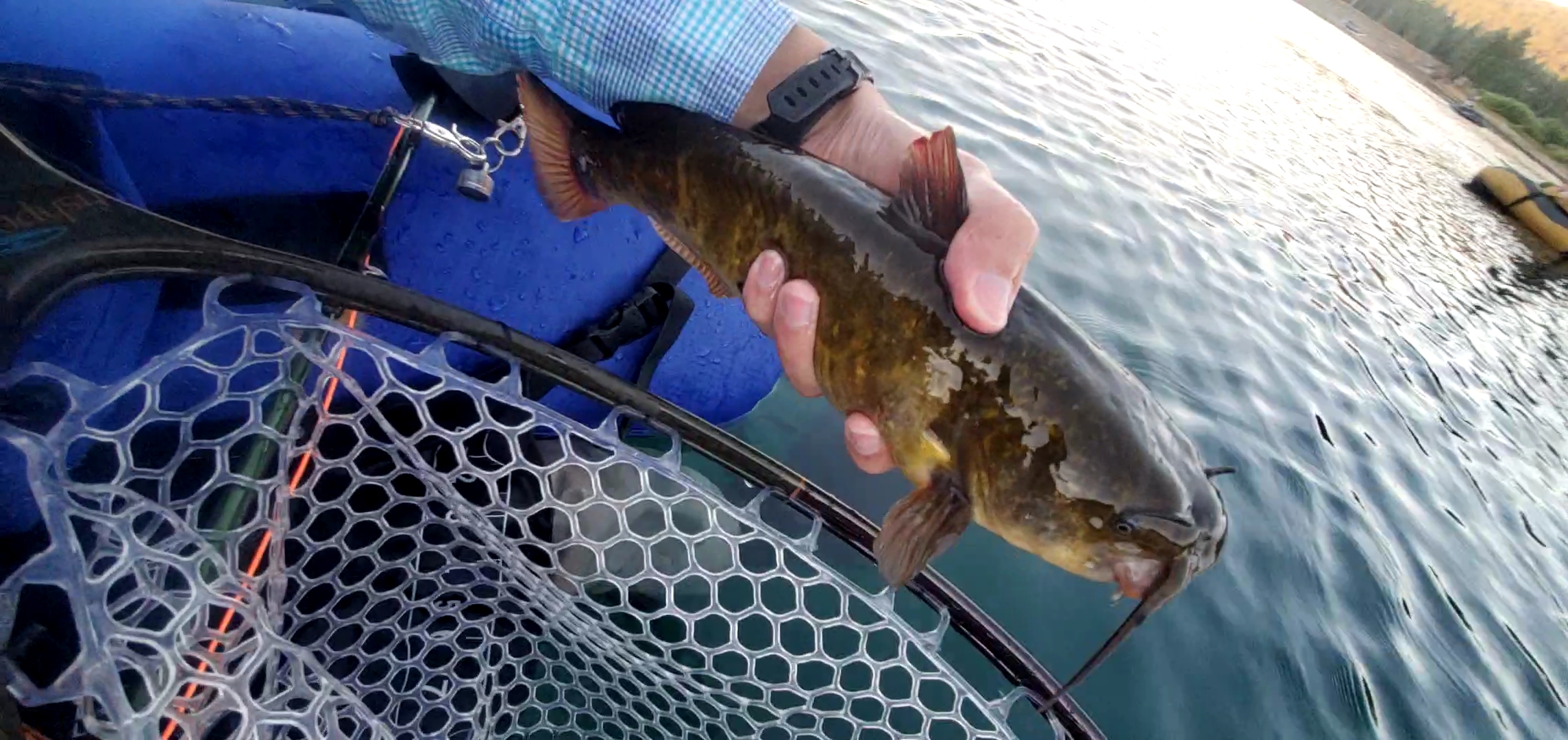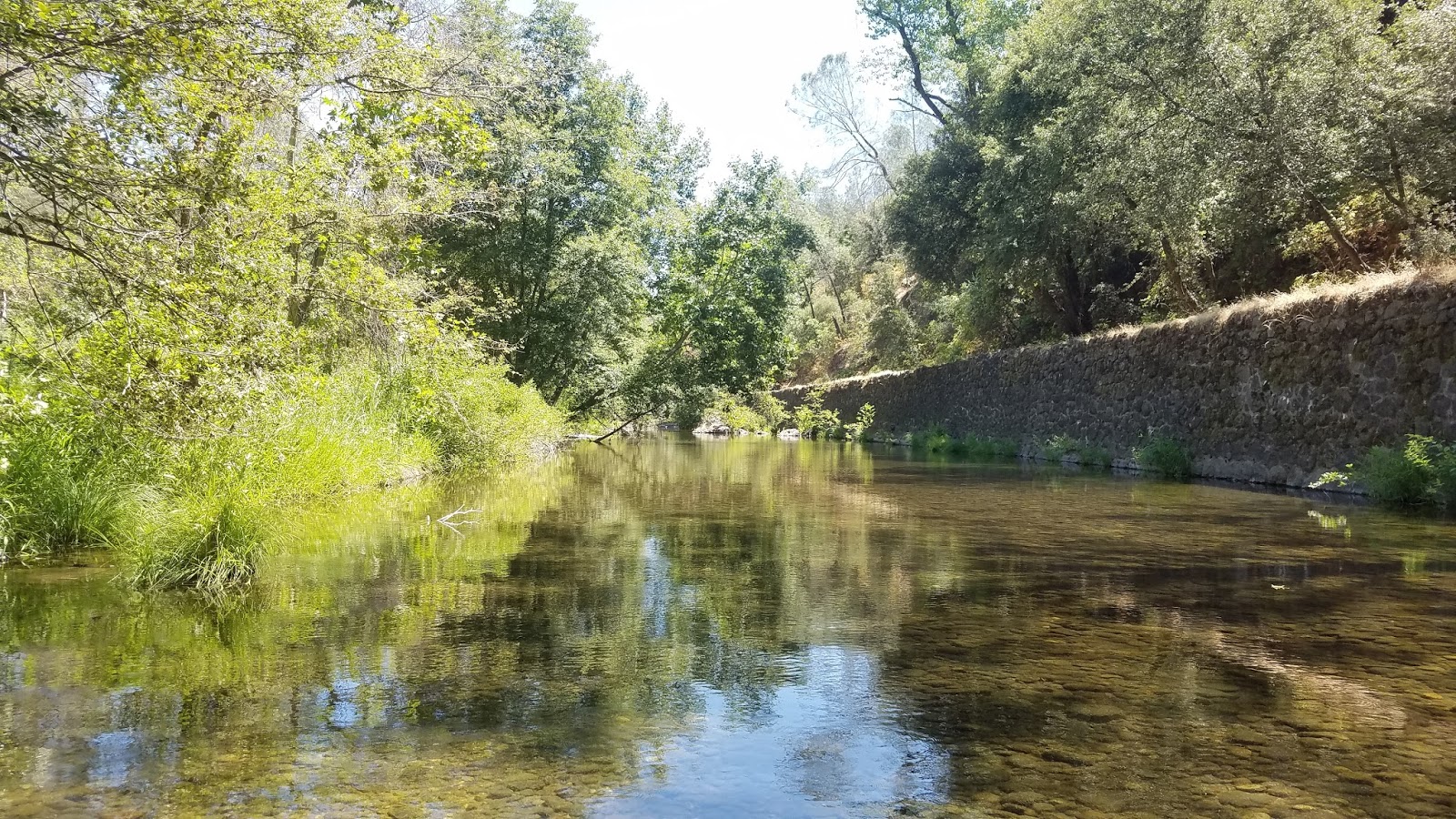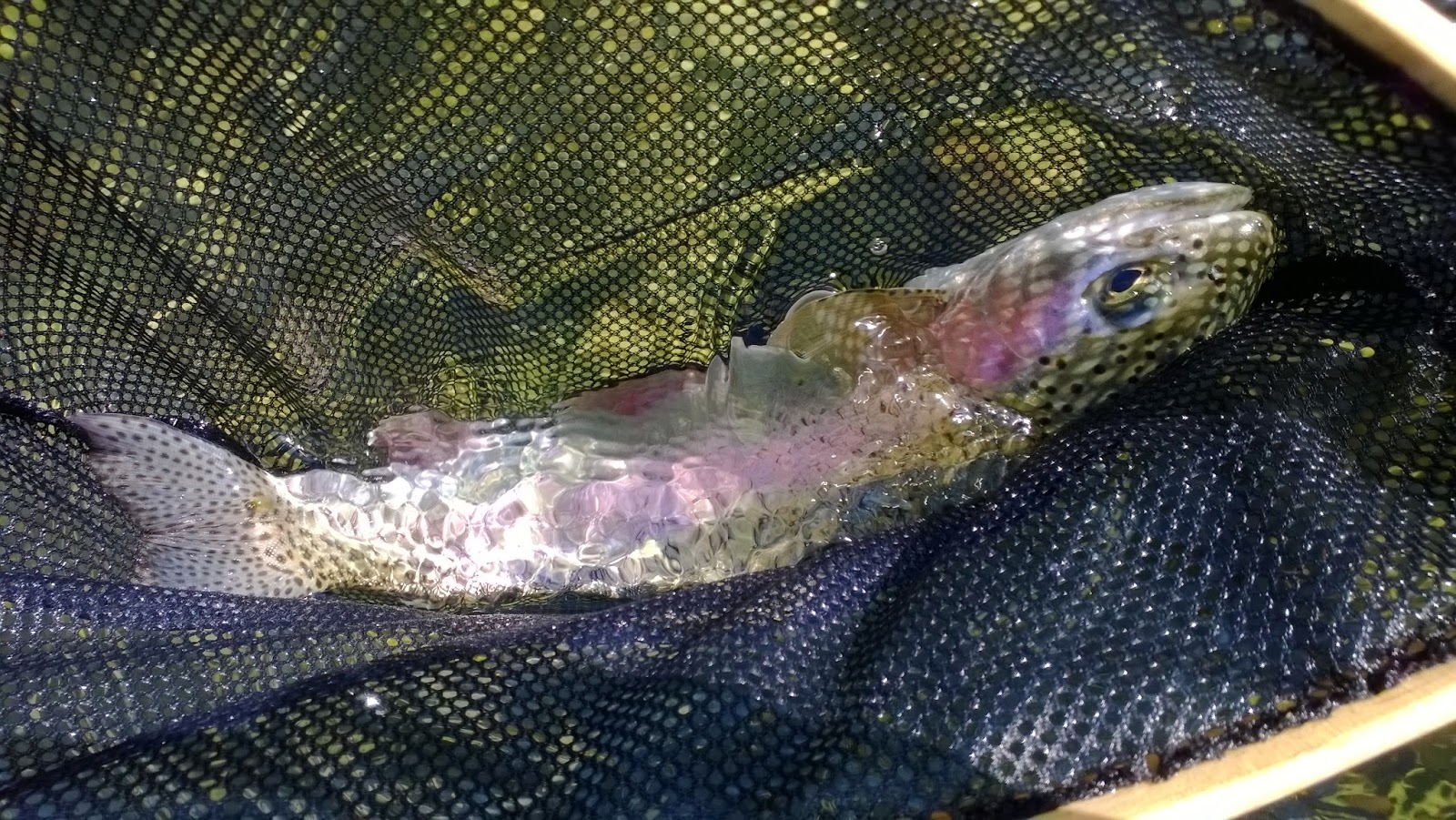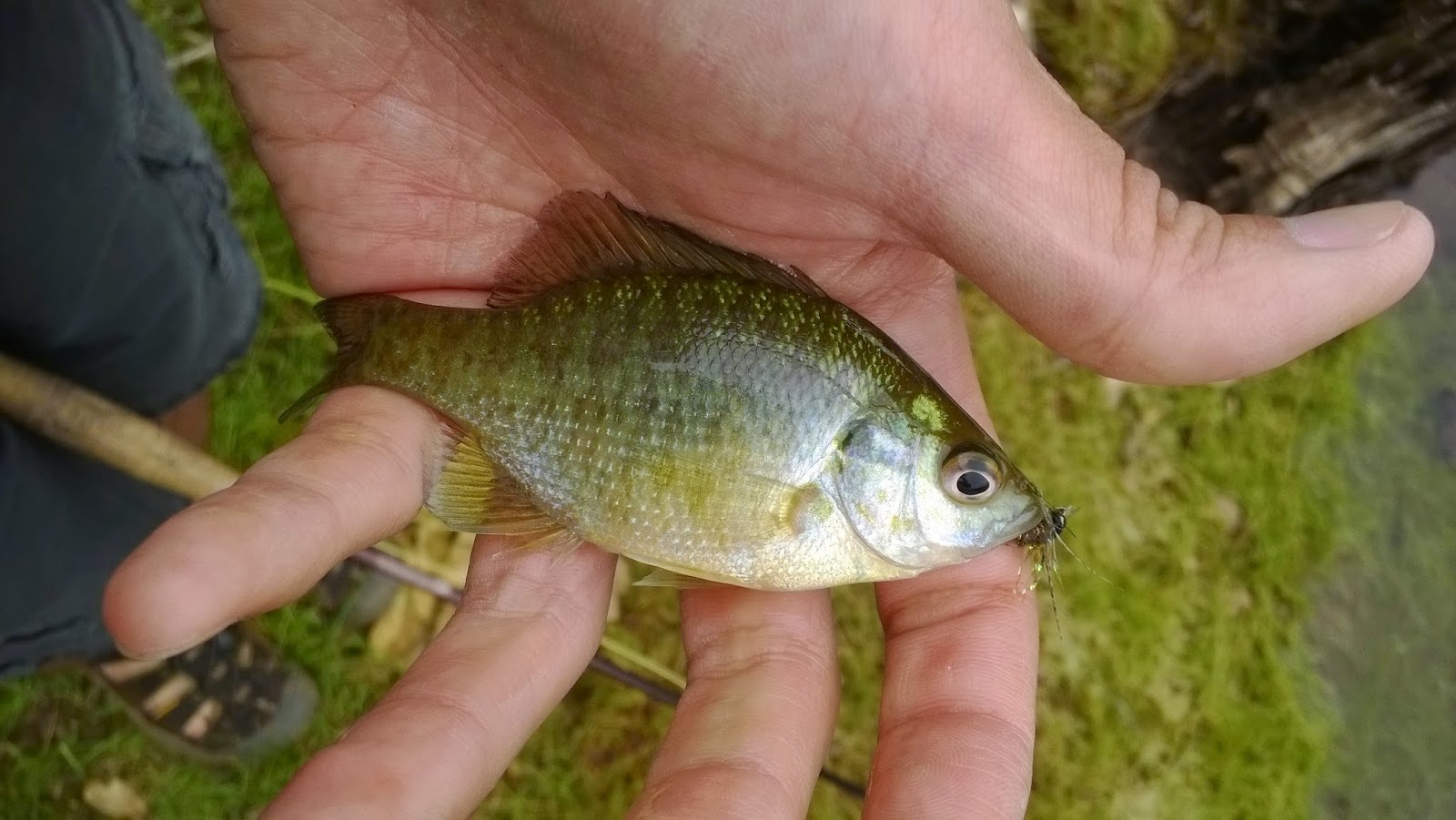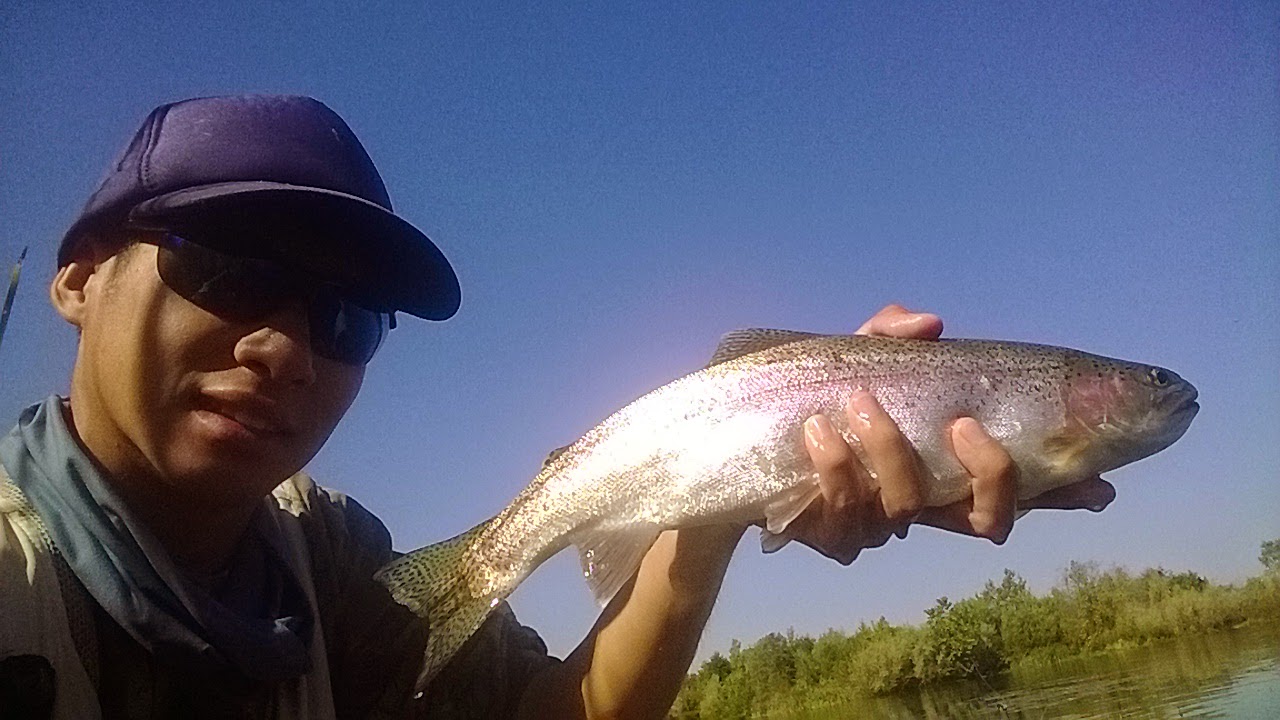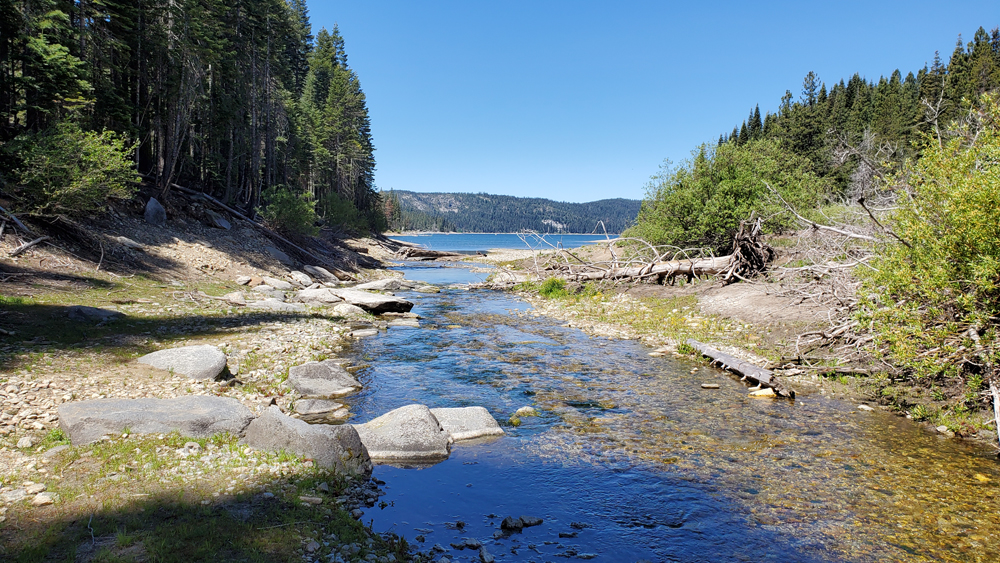
Bucks Lake is one of the major lakes in the Quincy area that is fed by two main inlets; Mill Creek and Bucks Creek. The area around Bucks Lake is well-known for its vast outdoor recreation use and the fishing opportunities are plentiful. I’ve been to Bucks Lake a few times before however these visits were during the mid-summer when the water temperature was at its warmest. I’ve always had eyes for the Bucks Lake’s tributaries and thought they were probably be the best places to check out once they were opened the Saturday preceding Memorial Day. My hope was to be able to fish both Bucks Creek and Mill Creek to find myself some brook trout as I haven’t caught one in a few years. My findings were unexpected but in the end some good fishing came out of it.
Bucks Creek was the first stream that I wanted to check out. I arrived at the creek at around 11am and was a bit disappointed to find that it was running very low. I didn’t know what I was expecting since this was a drought year. I waded upstream a few yards and didn’t find anything so I backtracked down to the lake. The water level at Bucks Lake didn’t look too bad whereas there was still plenty of water near the outlet of Bucks Creek. There were several families out fishing closer to the bank that had caught a few small rainbows earlier in the morning. I observed a ton of splashy rising and was hoping I could get in on the action. I waded across the creek and took some time to try and figure out what the fish were rising for. It was of course an insect that I did not have in my river/stream fly box, the flying ant. I did my best with what I had, I took out a royal wulff, pinched off a bit of the white wing hair, and clipped off the tail. I did manage to get a few rises with my modified pattern but ultimately failed to hook any fish. I switched to an indicator setup with midges and had a few takes however still no hook ups. I checked my watch and noticed that I had spent way too much time trying to convince these fish to eat. I left fishless and off to check out Mill Creek.
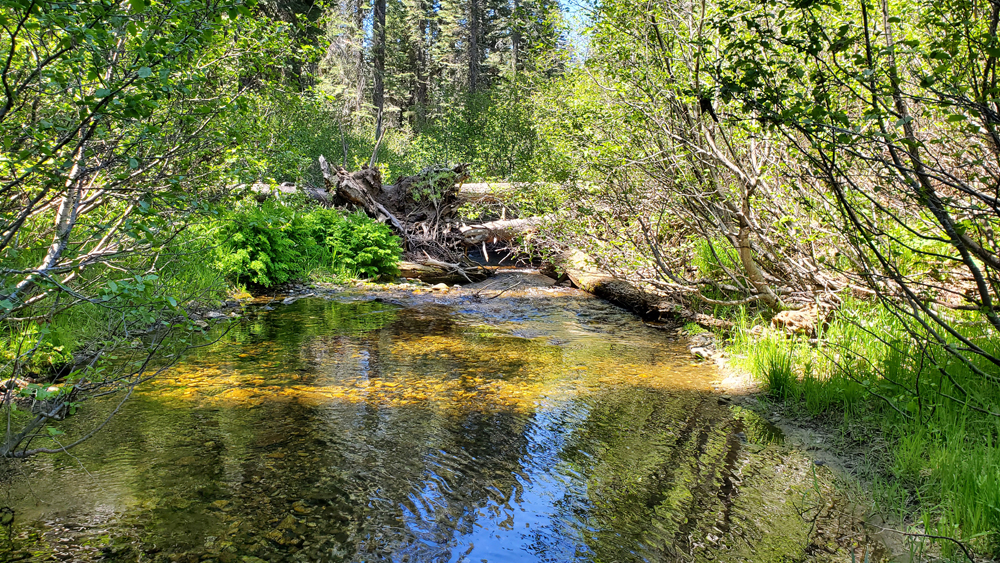
Mill Creek is perhaps the inlet that feeds the most water to Bucks Creek. Although I’ve only seen it from a map view I believe that the flows are always decent no matter the conditions. I drove all the way around the lake to find no parking at the day use area. The only parking was way up before the campground area and I was not feeling up to walking all that way to get to the Mill Creek. During my drive to get to Mill Creek I noticed a sign for Grizzly Forebay that peaked my interested. Instead of calling it quits I decided make a change of plans and check out Grizzly Forebay.
I did quite a bit of researched for this trip and could not pull anything significant up about Grizzly Forebay. There was one fishing report of trout being caught there on dry flies several years ago and information about the trout being wild rainbows and browns but that was about all I could find. From Lower Bucks it took me about 30-40 minutes to get the parking of Grizzly Forebay powerhouse. Unfortunately the gate to get to the powerhouse itself was closed which meant that I had to hike up the hill about half a mile to get to the water.
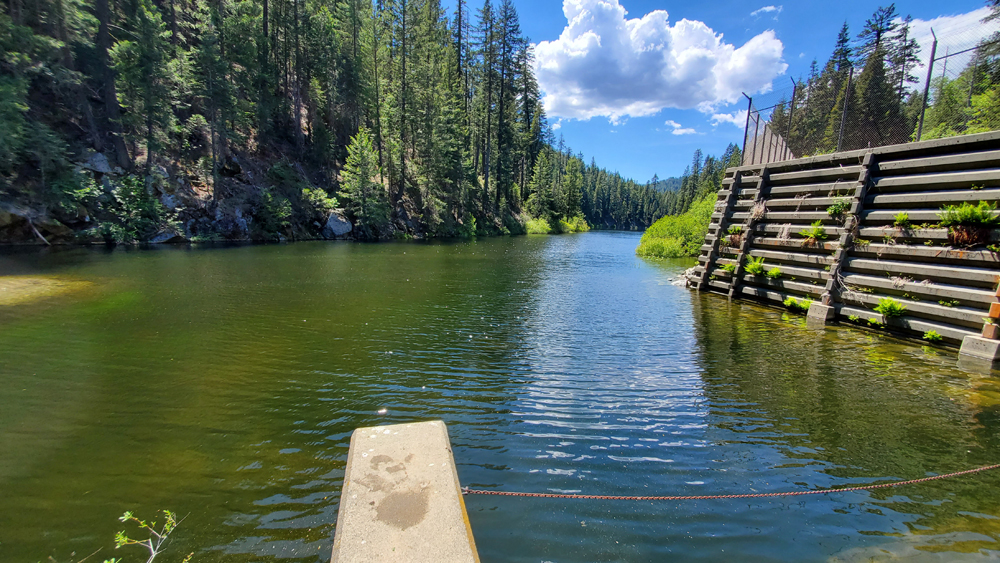
My first sight of Grizzly Forebay was a good one as the water level was not as low as I was imagining. I grew a bit anxious as I neared closer and noticed that the powerhouse wasn’t running. My plan was to fish below it whereas fish are typically stacked in the current picking off whatever floats by them. The access to the water was a bit difficult seeing as there were a ton of willows throughout the steep banks. I made way up the powerhouse and spotted a few trout tailing the bottom. I put on a pheasant tail nymph with a zebra midge, classic stillwater patterns to imitate a callibaetis and midge larva, and made a few casts. After several casts I watched as a fish came out of nowhere and swiped my flies. I managed to land it and caught my first Grizzly Forebay brown trout.
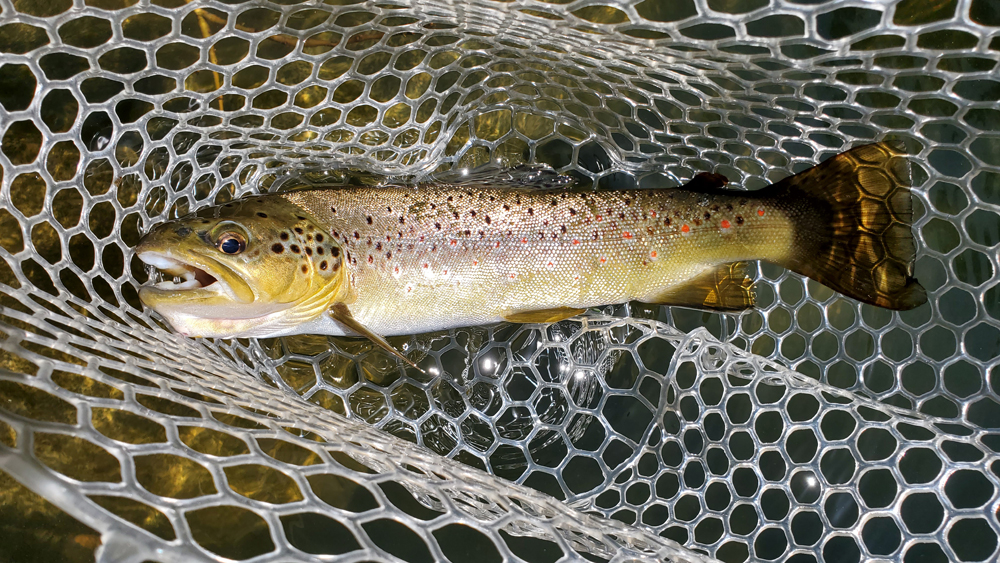
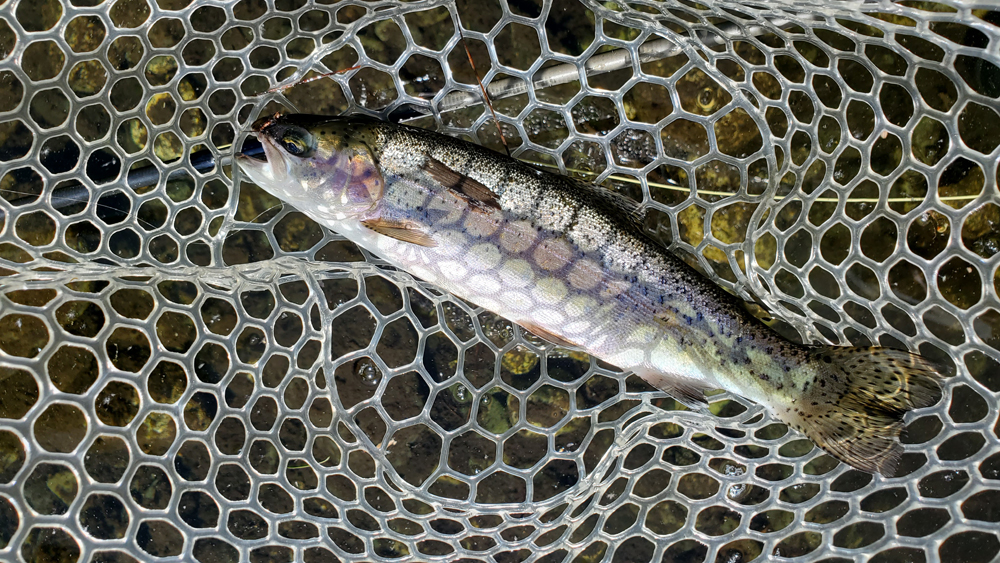
I hoofed it around the powerhouse towards the inlet at Grizzly Creek and spotted a few fish rising in the shallows. I could see several rises throughout the channel so I switched to a callibaetis emerger. I caught a few on a dry and eventually switched to naked nymphing a pheasant tail. I had a field day catching rainbows with a brown or two mixed in for every couple of bows.
Although Bucks Creek and Mill Creek were a bust, Grizzly Forebay was pretty fun and I look forward to getting out there again next time with a float tube. I didn’t catch anything huge but I have a feeling that there are some lunkers out there just waiting to be caught.
